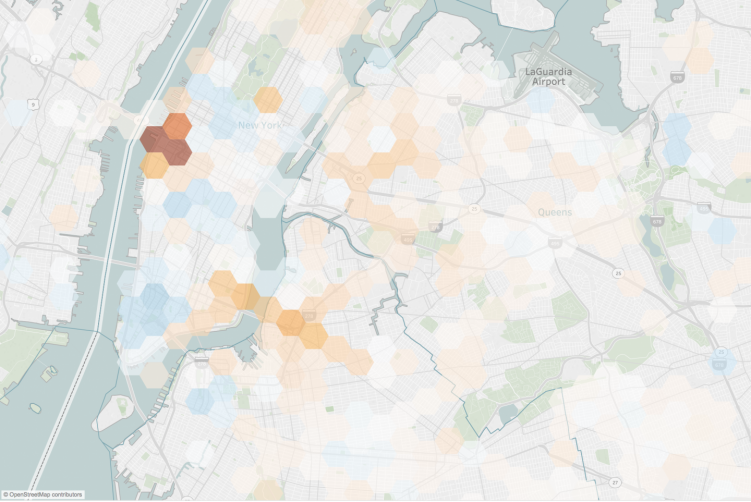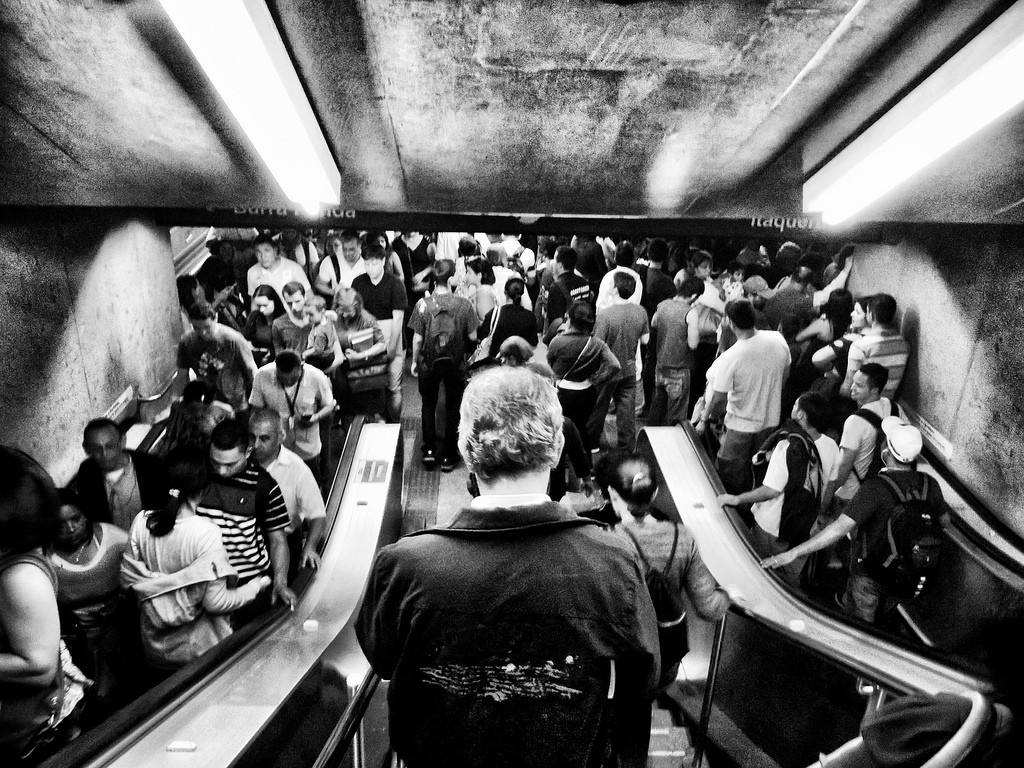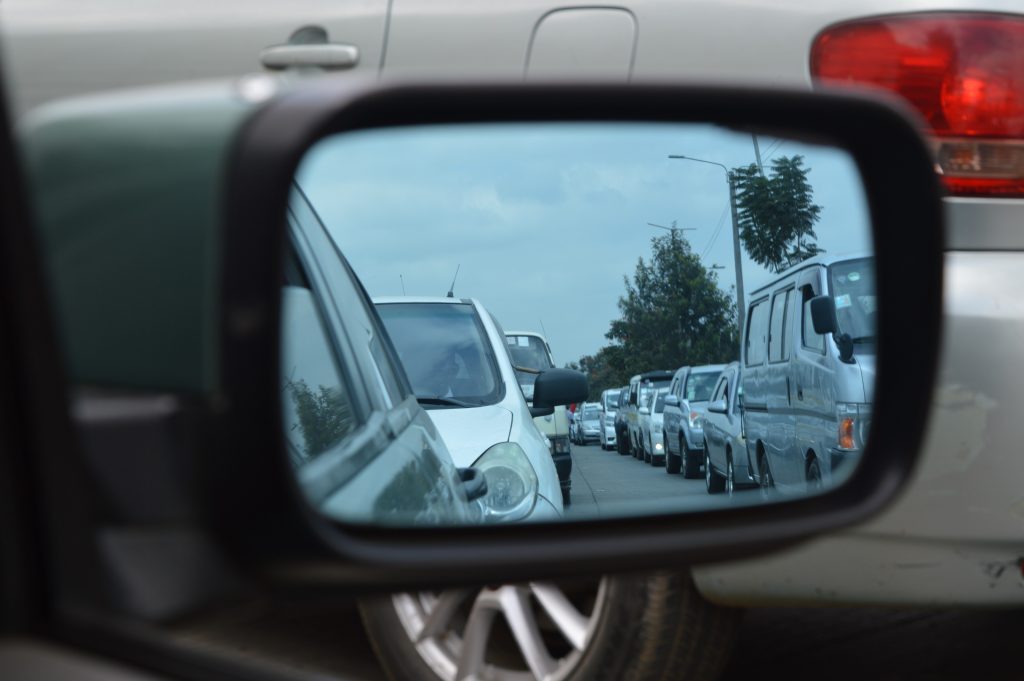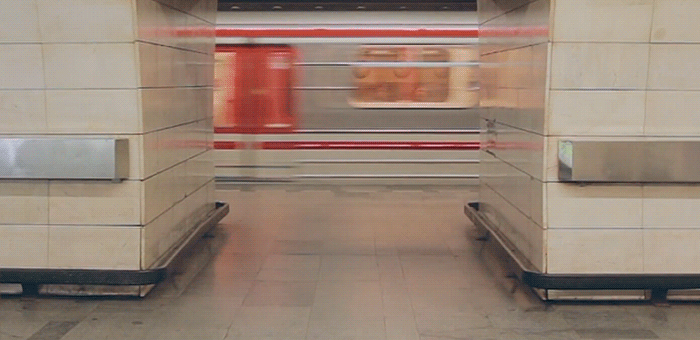
The five most surprising things a train breakdown can tell us about the future for New York’s commuters.
Our predictions for the impact of the L-train closure in 2019, according to the data.
The summer of 2017 has been a trying one for residents of New York City. Dubbed the ‘summer of hell’, commuters have been (barely) putting up with breakdowns, derailings and overcrowded trains and stations. The chaos is set to continue into 2019 when the entire L-train line will be closed for long-term repairs.
We caught a glimpse of the magnitude of the problem in 2016 when the L-train went down for half a day. This outage caused mass panic and forced hundreds of thousands of commuters to drastically rethink their journeys across the city. After the trauma of this half a day of outages, New Yorkers are understandably concerned about the upcoming year of commuting chaos. We’re not being overzealous when we say, the people are panicking. It’s a major concern and locals are publicly voicing their concerns on Twitter, in newspapers and, naturally, during their daily commutes.
Our co-founder, Georg Polzer, explained how the city’s infrastructure may struggle to cope with the added pressure of many more commuters on other routes: “In a big city, even small changes can cause a butterfly effect and have a major impact elsewhere in the system.”
We wanted to dispel myths about the closure and help residents plan their commutes according to the facts. While these kinds of changes have been notoriously difficult to predict in the past, we have developed the tools to uncover the trends and patterns that lie within signal data from cell towers. From the eye of the metaphorical storm in 2016, we at Teralytics kept a close eye on the choices that commuters made on the day of the outage. After analyzing millions of pieces of data, Polzer notes that, “we were surprised when we saw the actual impact at unexpected locations.” This gives some unique insights into what may happen when the L-train is out of action on a long-term basis.
While we expected New Yorkers to change their behavior, the actual impact of the future disruption might surprise you:

The unexpected location that took the biggest toll during the outage was** the area around Penn Station and Herald Square.** It experienced the biggest surge in new traffic as it became a key interchange point for the island. A 75% increase in footfall could mean almost half a million additional people use the area daily during the L-train closure in 2019.

The Williamsburg Bridge will become a major entrance point for Brooklynites who enter the city using the J, M and Z lines, as well as cars and bicycles. An expected 17,000 extra people will use these subways lines each day, and 25,000 additional cars will cross the bridge. The knock-on effect will be a backlog of traffic choking Williamsburg, Bushwick and Bedford–Stuyvesant.
Court Square, Queens: Crowded house
Court Square in Queens is likely to become the third stress point in the city. The data reveals an extra 1,570 people will pass through the station each day, which could lead to to serious overcrowding of the small station.
Major Delays Expected

Significant daily disruptions are expected across the transport network due to the massive influx of Brooklynites using alternate routes to get in and out of the city.
TriBeCa: No man’s land

During the last outage, as many as 54,000 Brooklynites chose to work from home rather than battle the notoriously snarled trains. The resulting effect of this decision was a huge reduction in people heading to the TriBeCa area. If people drastically reconsider their need to go into the office in 2019, the area could become a no man’s land — with commercial outlets being hit the hardest.
Our data crunching and predictions do mean a light at the end of the tunnel. We are using it to work closely with city planners and transport operators to help plan new routes and ease the overall congestion and impact to the commuters in the city.
It may transpire that the L-train outage which sparked mass panic in 2016, has been the insight needed to help ease congestion during the upcoming 2019 closure.
Keep an eye on our Facebook and Twitter profiles for updates as they happen.